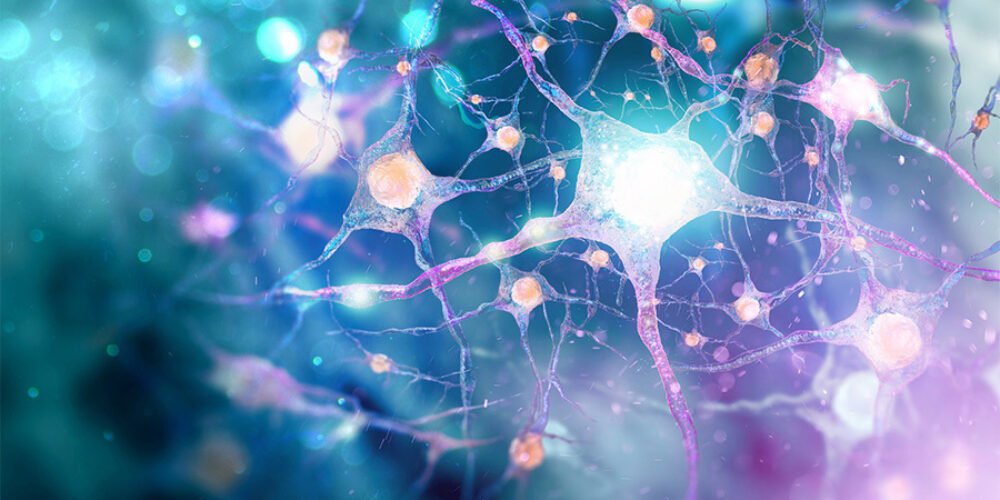Introduction
Assessment of neuronal activity using iPSC-derived human neurons and microelectrode array:
- The eCiphr®Neuro assay uses FUJIFILM Cellular Dynamics, Inc. (FCDI) human iPSC-derived glutamatergic neurons co-cultured with human iPSC-derived astrocytes.
- Cyprotex’s neuronal assay uses high throughput microelectrode array (MEA) technology to monitor electrophysiological activity.
- Neurons grown on microelectrode arrays recapitulate many features of neurons in vivo, including spontaneous activity (spiking and bursting), plasticity, organization and responsiveness to a wide range of neurotransmitters and pharmacological agonists/antagonists1,2.
- This technology provides a unique in vitro system for preclinical drug discovery, neurotoxicity assessment and disease modelling.
Protocol
eCiphr®Neuro-Human Assay Protocol
Data
Data from Cyprotex's eCiphr®Neuro-Human Assay
References
1) Robinette BL et al, (2011). In vitro assessment of developmental neurotoxicity: use of microelectrode arrays to measure functional changes in neuronal network ontogeny. Front Neuroeng 4; Article 1
2) Bradley JA et al, (2018). In vitro screening for seizure liability using microelectrode array technology. Tox Sci 163(1); 240-253

